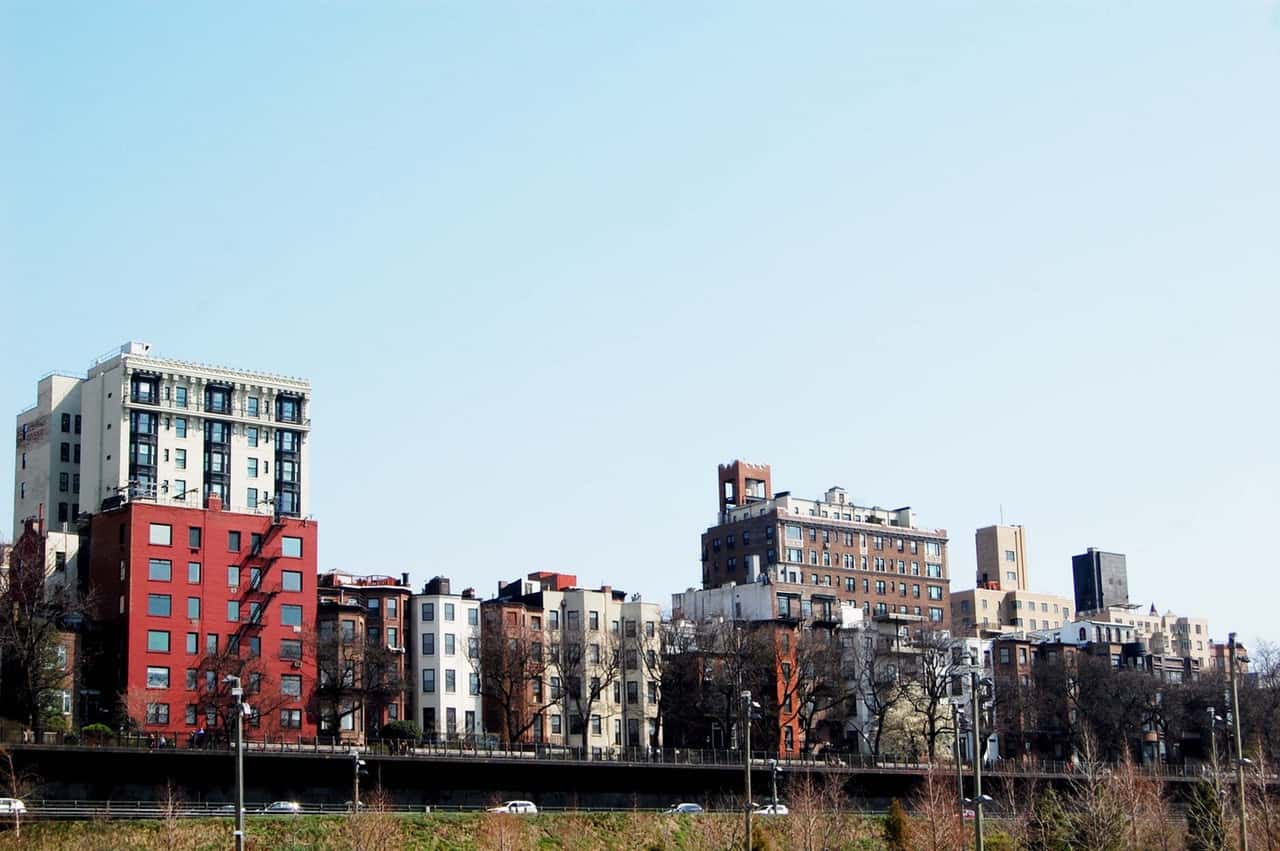New Regulations Clarify OZ Policies While Leaving Some Apartment Investors Hoping For More
Since Q2 2019, a new flurry of updates about the government’s Opportunity Zones program has answered many questions about how the program will be operated. Not everything, however, has been fully revealed. The program, a part of the Tax Cuts and Jobs Act of 2017, gives investors the opportunity to defer their capital gains taxes until 2026 while providing several additional tax incentives.
While both eligible businesses and commercial real estate investments qualify as Opportunity Zone investments, multifamily investors see a lot of potential for utilizing the program to develop or rehabilitate apartment buildings and mixed-use properties.
To benefit, a fund must self-register as an ‘Opportunity Fund,’ while adhering to a series of somewhat complex regulations, including rules mandating that all real estate owned, and a certain portion of any fund’s income must originate from inside one of approximately 8,700 Qualified Opportunity Zones across the U.S. These are lower-income areas nominated by state governors and approved by the IRS and the Treasury as being the most likely to benefit from economic development.

35 million Americans live in these designated areas, where household incomes, are, on average, 37% less than the state or local median. Many multifamily investors see the program as an ideal vehicle for projects funded with Low-Income Housing Tax Credits (LIHTCs), which could help increase the affordable housing stock in these areas.
On April 17th, the Treasury Department and the IRS issued a new set of proposed regulations involving Opportunity Zones, which provided guidance on a variety of issues. One major focus included the property and employment requirements for companies to qualify for the program’s benefits. Other guidance was offered involving rules for leased properties, and allowances for working capital. The new regulations also state that a fund has up to 6 months to invest assets, as long as those assets are kept “in cash, cash equivalents, or debt instruments with terms of 18 months or less.”
On July 9th, another hearing was held about the Opportunity Zones Program. 10 speakers, including developers, investors, and attorneys, voiced their concerns, questions, thoughts, and recommendations about the program. Some concern still remains about exactly how funds will exit without massive tax burdens, while others are concerned that the program may lead to excessive gentrification, leading to financial woes for the area’s original residents.
According to BisNow, Steven Glickman, Develop LLC founder and architect of the Opportunity Zones program, stated that the IRS may or may not have a third hearing to answer the public’s remaining questions about the initiative.
April 17th Regulations Include Working Capital, Reinvestment Guidelines
Some of the most relevant facts from the second tranche of regulations issued in April include:
- Working Capital: The initial set of rules from the IRS allowed a certain degree of working capital for companies who wanted to purchase, build, or renovate ‘tangible’ property, like real estate. The new rule would allow businesses to use O-Zone funds for inventory, payroll, and similar working capital costs. Funds are allowed a ‘safe harbor’ for 31 months, but not more, even if a fund faces unexpected delays or financial hardships. This remains a concern for investors.
- Reinvestment Rules: The IRS says that if a fund sells Opportunity Zone property for cash, it should reinvest that within a ‘reasonable time.’ The IRS later stated that the reinvestment should occur within 12 months.
- Triple Net Leases: Simply leasing a property with a triple net (NNN) lease is not considered the operation of an active business by the program. NNN leases stipulate that a tenant is responsible for practically all repairs, expenses, and associated costs. Leasing rental property in other contexts, however, is generally allowable.
- O-Zone Restrictions: At least 50% of all work done by employees, contractors, or employees of contractors must be done inside a Qualified Opportunity Zone.
These are just a few of the proposed updates issued. Others included greater accounting flexibility, more details involving property improvement requirements, and the clarification that unimproved land does not need to be improved, as long as it’s actively used by a trade or business.
The Current State of the Opportunity Zones Program
While new Opportunity Zones acquisition and development projects in Tempe, Arizona, and Santa Rosa, California have been announced in the last few weeks, some still feel hesitant to invest due to the perception that the program is still untested and relatively high-risk. Even for funds who want to invest, deals are not necessarily easy to come by. Another challenge for funds is coping with the program’s strict improvement property requirements, which can often get expensive. However, excitement about Opportunity Zones is still high, and there’s still a window of time to get many, if not all, of the program’s benefits.
Resources:
Novoco: Clarity Provided by Second Tranche of Treasury Regulations to Incent More Investment in Opportunity Zones Businesses
OpportunityDB: Complete Recap of the July 9 IRS Public Hearing on Opportunity Zones
